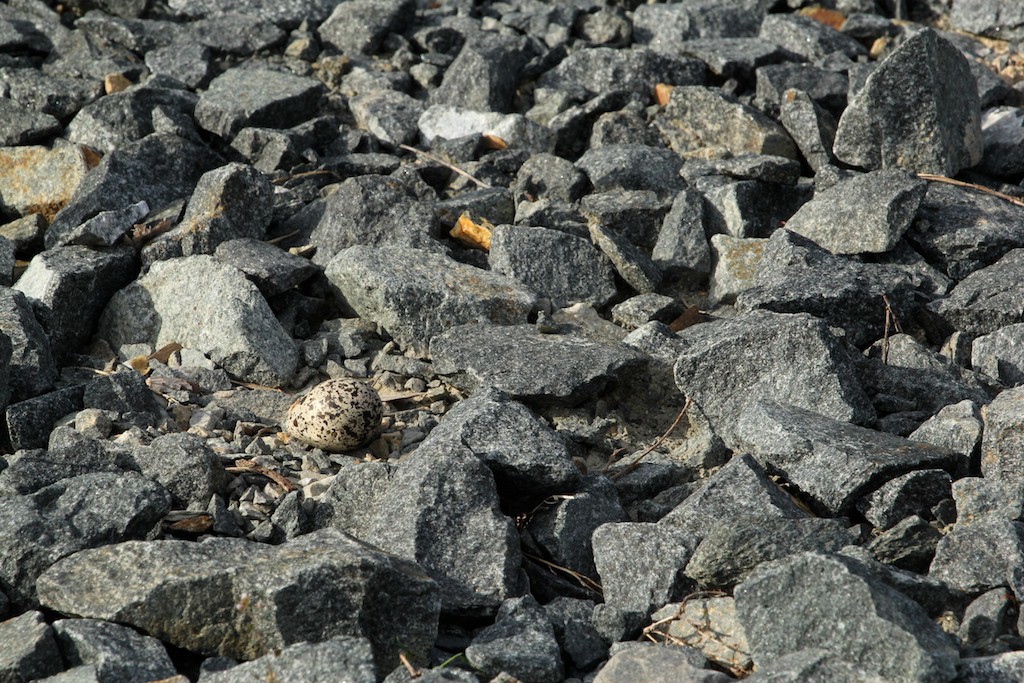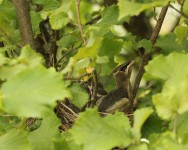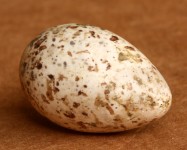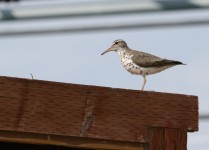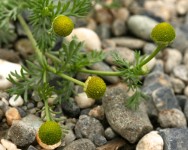The loud piercing “kill-dee” or “dee-dee-dee” call of the aptly named killdeer alerts all to the presence of predators or a disturbance. The noisy vocal nature of the killdeer is why early common names included chattering plover and noisy plover. Even the killdeer’s scientific name (Charadrius vociferus) describes its noisiness with the Latin word vociferari meaning “to shout, yell”.
A killdeer’s call can be heard anywhere from gravel bars to golf courses to gravel driveways. They are adapted to a wide range of habitats, including close proximity to human development. They need a nearby water source which can even be a lawn sprinkler. Killdeer are common across most of North America in the summer except for northern Canada and most of Alaska.
As a ground nester, close proximity to humans can sometimes be detrimental. A killdeer’s nest is often no more than a scrape in the ground. They nest in open areas, including pastures and gravel driveways. Sometimes they add a few pieces of nesting material but not many. The pigmentation and spots on the eggs camouflage them extremely well with their surroundings.
To draw predators and unaware humans away from their nest, killdeer will emit their loud piercing call and use distraction displays.
The most common distraction display is the killdeer bluffing an injury. As a predator approaches, the bird crouches low and drags a wing as if it were injured. The killdeer leads the predator away from the nest and if the predator gets too close for comfort, the killdeer alternates flying and sprinting until the predator is far enough away from the nest.
Predators of killdeer eggs and young include skunks, raccoons, foxes, mice, weasels and cats.
Both parents incubate the eggs and if one parent is distracting a predator, the other (if it is nearby) sounds the alarm with their piercing call.
After almost a month of perilous incubation, downy chicks hatch from the primitive nest. As soon as their down dries, the chicks are led away from the nest by their parents to a feeding area. The chicks stay with their parents for approximately one month until they fledge.
In some latitudes, killdeer nest twice in a summer. Often the male guards the first chicks while the female starts a new nest of three to five eggs.
Living in a wide variety of habitats, killdeer eat a wide variety of insects, including grasshoppers, beetles, caterpillars, ants and dragonflies. They also eat mosquito larvae, ticks, centipedes, snails and earthworms.
They bob their heads as they walk searching for food and then grab food with their black bill from the ground, shallow water or low plants. Their running-stopping-bobbing gait makes them easy to identify.
Bold brown, black and white coloring makes killdeer easy to identify but also camouflages them. Both male and female killdeer look the same except that some males have more black on their head. However, juvenile plumage is paler and the downy chicks only have one black breast band.
Killdeer are one of the easiest plovers to identify (particularly in North Idaho where they are the only plover) not only because of their bold colorings but also because of their distinctive piercing call.

